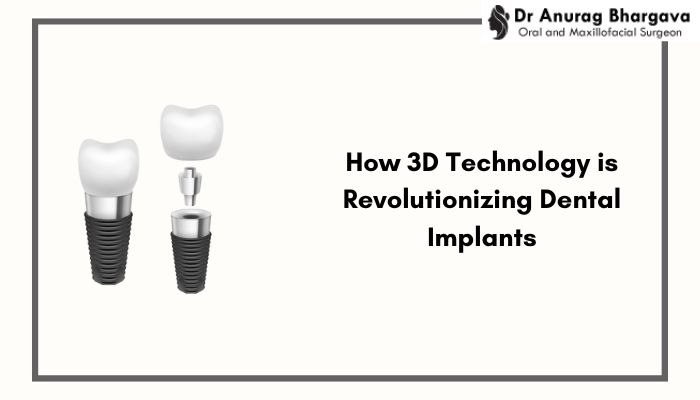The world of dentistry has witnessed groundbreaking advancements over the years, and 3D technology is at the forefront of this revolution, especially in the field of dental implants. From precise treatment planning to faster recovery times, 3D technology is transforming the way dental implants are performed, making the process more efficient, accurate, and comfortable for patients.
What is 3D Technology in Dental Implants?
3D technology in dental implants involves the use of advanced 3D imaging, computer-aided design (CAD), and 3D printing to plan, design, and place dental implants. This technology offers a highly detailed view of the patient's oral anatomy, allowing dentists to customize the treatment plan for optimal results.
Benefits of 3D Technology in Dental Implants
1. Precision and Accuracy
3D imaging provides a detailed and accurate representation of the patient's oral structure, ensuring the exact placement of dental implants. This minimizes the risk of complications and ensures a natural-looking result.
2. Customized Treatment Plans
With 3D scanning and CAD software, dentists can create personalized treatment plans tailored to each patient's unique dental structure. This level of customization improves the success rate of dental implant procedures.
3. Minimized Surgery Time and Faster Recovery
The precision of 3D-guided surgery reduces the time required for the actual implant placement. Since the procedure is more efficient, it often leads to a less invasive surgery and faster recovery for patients.
4. Enhanced Patient Communication
3D models allow dentists to explain the procedure more clearly to patients. Seeing a visual representation of their treatment helps patients understand the process and feel more comfortable with the procedure.
How 3D Printing is Transforming Dental Implants
3D printing plays a vital role in the creation of dental implants by allowing for the fabrication of custom prosthetics, surgical guides, and temporary crowns. Key applications include:
- Surgical Guides: Custom-made surgical guides help ensure the exact placement of implants during surgery.
- Temporary Restorations: 3D printing allows for quick creation of temporary crowns, bridges, and dentures, ensuring patients have functional teeth during the healing process.
- Implant Models: Physical models created using 3D printers help dentists plan surgeries with greater accuracy.
The Role of CBCT (Cone Beam Computed Tomography) Scans
CBCT scans are a crucial part of 3D technology in dental implants. This imaging technique provides a 3D view of the patient's jawbone, teeth, and surrounding structures, which helps:
- Assess bone density and quality.
- Identify the exact placement for implants.
- Detect potential issues like nerve positioning or sinus cavities.
The Future of 3D Technology in Dental Implants
The future of dental implants is closely tied to advancements in 3D technology. Emerging trends include:
- Bioprinting: The development of biocompatible materials for printing custom implants that integrate seamlessly with natural tissues.
- Artificial Intelligence (AI) Integration: AI-powered analysis combined with 3D imaging for even more precise diagnosis and treatment planning.
- Fully Digital Workflows: From consultation to implant placement, the entire process will become digitized, improving efficiency and patient satisfaction.
Conclusion
3D technology has undeniably revolutionized the world of dental implants, offering enhanced precision, personalized care, and faster recovery. As the technology continues to evolve, it holds the promise of making dental implant procedures even more efficient and accessible for patients. If you’re considering dental implants, choosing a dental surgeon who uses the latest 3D technology can make a significant difference in the success and comfort of your treatment.



